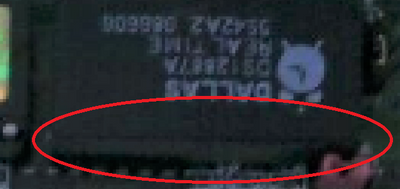Deksor wrote on 2021-01-08, 15:45:
And the "bottom" range of boards can be resumed to one brand : PCChips.
Now ECS is a different story. As @dionb mentioned, quality changes over time. ECS made pretty good 486 boards in my opinion. Plus most of them didn't have any barrel batteries. Then in the late 90's they got closer and closer to PCChips until they bought them. So they pretty much became PCChips.
As for PCChips, in my opinion build quality have always been between "meh" to terrible and they've always done shady things like hiding the chipset's brand, soldering the bios, having 10 brands for one board, etc.
Well, in this Toms reviews of VIA socket 370 boards, from mid-2000, ECS ended "quite well". (like, not bad, I mean. For the price)
https://cdn.mos.cms.futurecdn.net/YisY5MyXstpzCR6RPxaeuH.gif
Who would expect for example, Abit would end up about same as QDI? Of course, it's good always to test direct board (and even BIOS version, and revision)
It's Comprehensive VIA motherboard roundup June 2000, ECS description is here in slightly older review , although he didnt recommended the board. Of course... but I think, price was quite good. Still , not so bad, when you expect them on bottom, like PC Chips. Definetely didnt ended on last place thought.
https://www.tomshardware.com/reviews/12-socke … ards,196-7.html
So I would say, overall, they've made slightly better boards, than PC Chips. And from time to time, they suprises (possitively - for the price, that was low)
The purpouse of the hierarchy was, when you don't know about board, and you need to take it fast, you are risking, but overall, when you take Abit or Asus, you have less chance, when you take random board, that it will be bad. When you take ECS, you have much higher chance, that it will be eighter bad, or below average. Also with worse capacitors, thinner PCB, and durability. It was not like, no board from ECS can be good, and all boards from Asus will be always on top. But , when you take statistic when you blindly take board, highest chance will be on Asus and Abit, it will be good take. On PC Chips, you almost always will have terrible, or below -average board. That was purpuse of hierarchy. I wanted to know about DTK, where it "overall" is.
